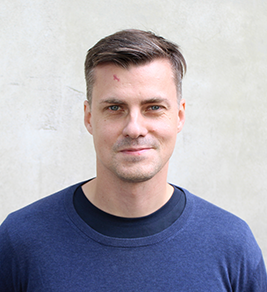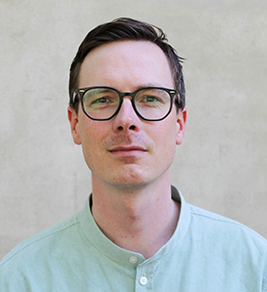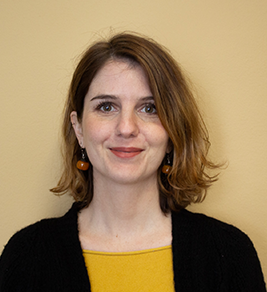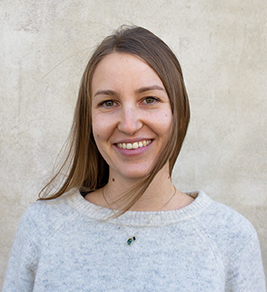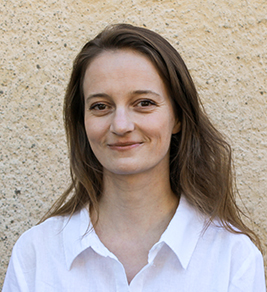While Nordic cities have traditionally had relatively low levels of segregation, more recently, there have been growing concerns about increasing disparities between different population groups, which is reflected in greater socio-economic and ethnic segregation in many cities. There are especially concerns that certain neighbourhoods are developing unfavourably and falling into a state of decline. Hence, Nordic governments and cities have increasingly taken actions to reduce segregation and promote social inclusion through various policy and urban planning measures.
This project seeks to deepen the understanding of different types of approaches and interventions for creating more socially inclusive and mixed Nordic cities. The notion of creating more socially inclusive cities and neighbourhoods can be understood as creating communities where people can take part and feel included regardless of their resources, lifestyle, background, or abilities. The project examines actions taken at different territorial levels, ranging from national level strategies to prevent segregation in cities to policy and planning interventions carried out at the city or neighbourhood level, with the aim of strengthening social inclusion in local communities.
The project is carried out through five different activities, each with a specific focus but all related to the overarching theme of the project. These include carrying out a policy outlook of national level policies to counteract segregation and promote social inclusion in Nordic cities, analysing how indicators are used to support policy and planning interventions, examining different types of participatory planning approaches, and focusing on interventions to improve physical living environments. A core interest also concerns multi-level governance aspects and how the interplay between the state, municipalities, and other organisations and actors looks like in terms of promoting social inclusion and preventing segregation.
The project is part of an assignment from the Nordic Thematic Group for Green and Inclusive Urban Development.
Related Staff
Related Publications
- Segregated cities and planning for social sustainability – a Nordic perspective
- Overcoming barriers to social inclusion in Nordic cities through policy and planning
- The right to access the city: Nordic urban planning from a disability perspective
- Beyond segregation: Nordic approaches to socially inclusive cities

